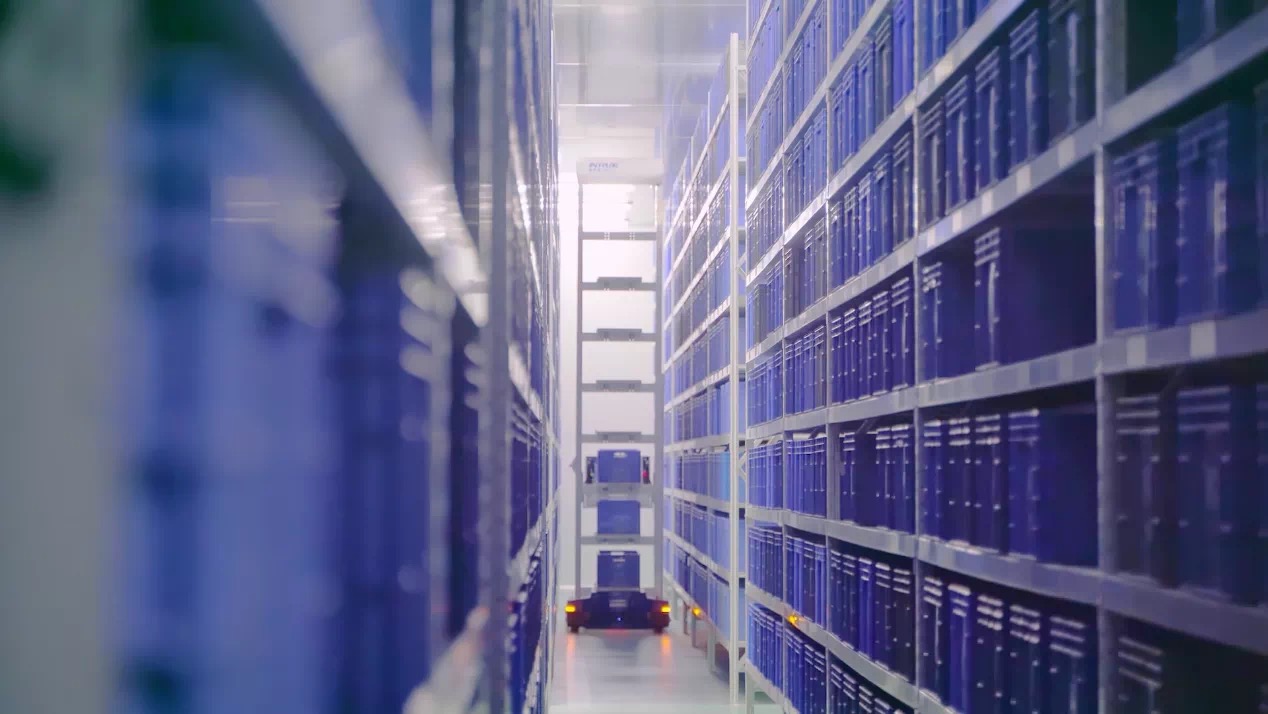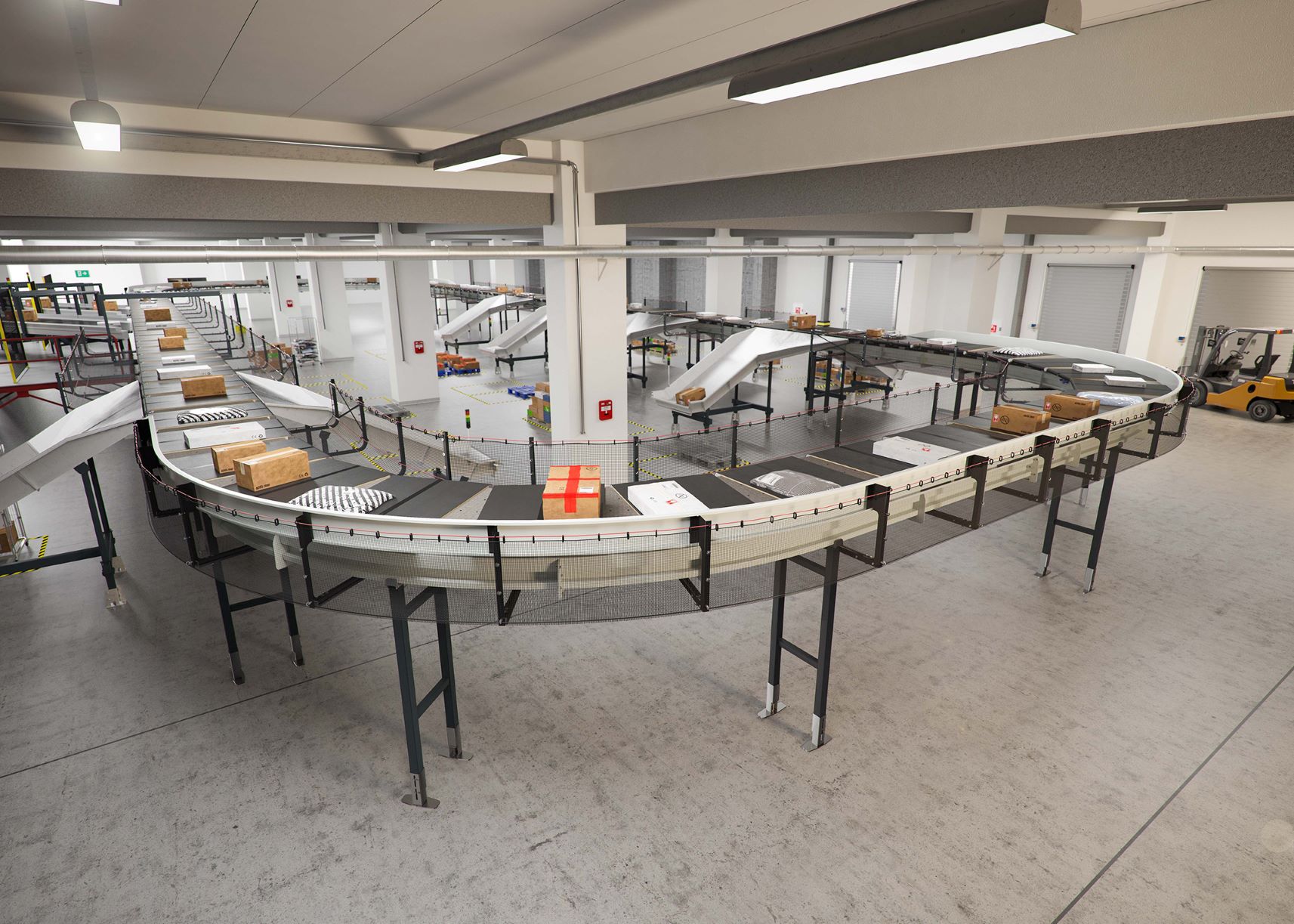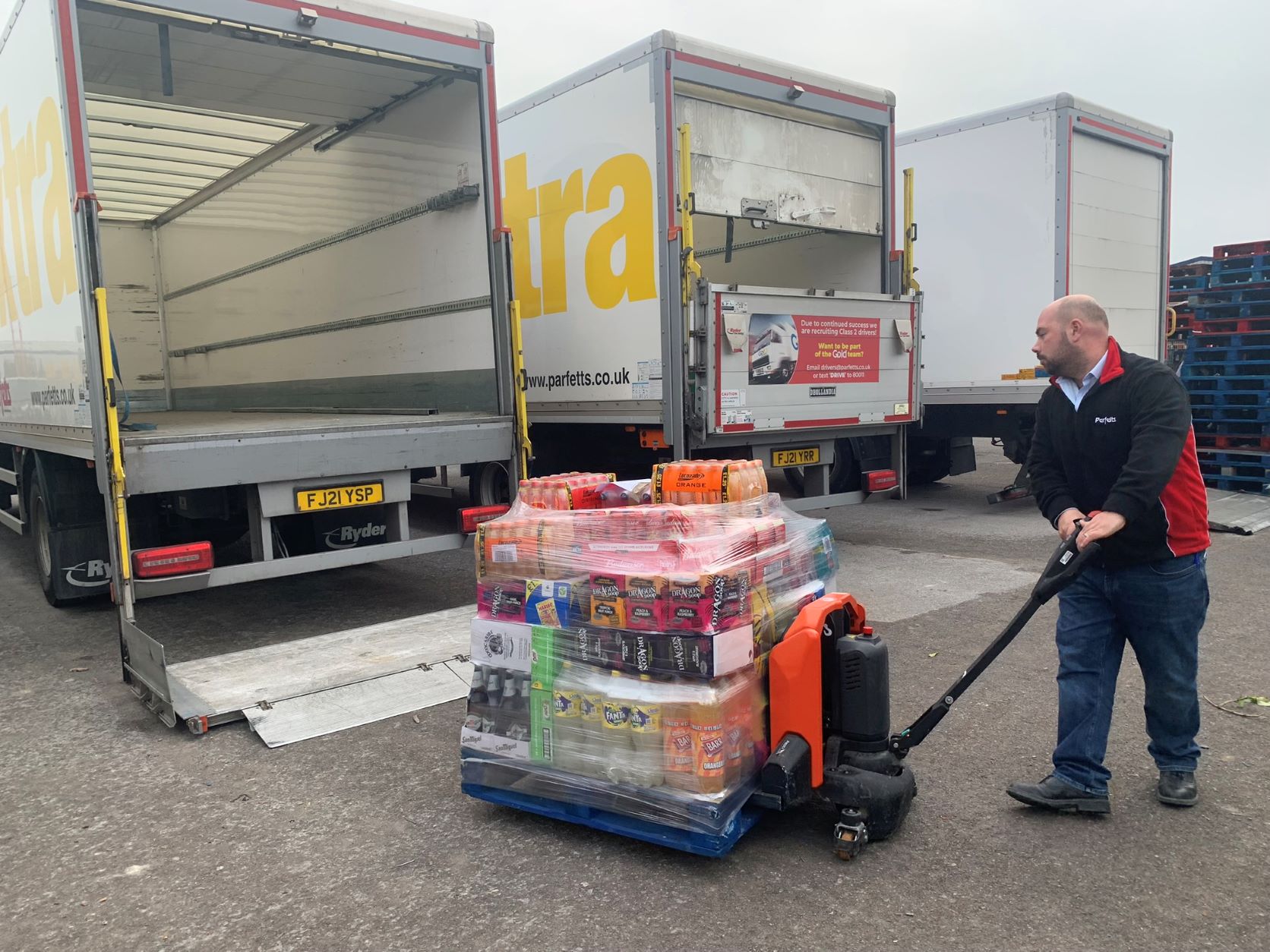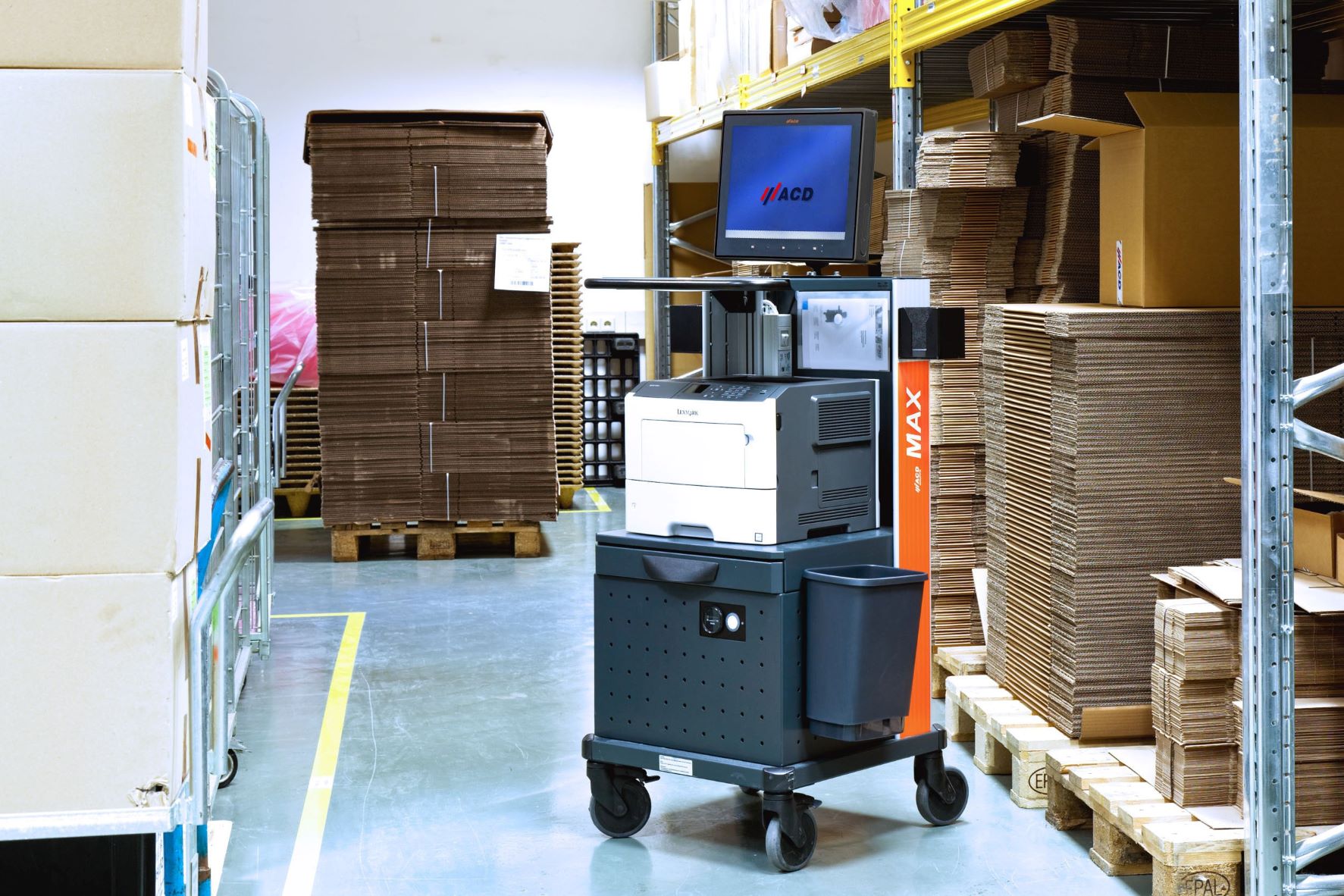Supply chains across Europe have been warned that remaining high prices of inputs other than raw materials are expected to keep costs of essential products such as pallets and packaging high for the foreseeable future.
According to some European industry indices, the costs of raw materials used to make packaging – pallet wood and steel (for nails) – fell during Q3/2022. However, the high cost of energy and fuel are pushing upward rates for logistics, and for heat treating and kiln drying timber. Meanwhile, other higher-priced inputs, including labour, are now making up a considerably larger proportion of the price of goods such as pallets and packaging than they were previously. This has pushed the actual price of these items up significantly.
According to the European Road Freight Rates Benchmark Report, produced by Transport Intelligence, Upply and IRU, in Q3/2022, average European road freight contract prices reached an all-time high in (129.7 index points), a rise of 5.4 points on quarter 2 and 19.6 points on the same period last year. In the spot market, rates grew to 142.6 points, an increase of 6.0 points on the previous quarter and 26.4 points year-on-year.
The report added that the cost of diesel usually accounts for one third of total operating transport costs – but may now account for 50% of costs.
Market and consumer data company Statista says the average monthly OPEC basket crude oil price rose from US$85.41 in January 2022 to $117.72 in June. Meanwhile, European Union agency Eurostat said that hourly labour costs rose by 4.0% in the euro area in the second quarter of the year and 4.4% compared with the same quarter the previous year.
Increased costs of inputs such as these are impacting on manufacturing businesses of all kinds around Europe, including the pallet and packaging sector.
Fons Ceelaert, Secretary General of the European Federation of Wooden Pallet and Packaging Manufacturers (FEFPEB), said: “Having reached all-time highs, raw material costs have eased slightly in recent months. However, national associations across Europe are reporting that ongoing highs in the cost of energy, transport and labour are still impacting heavily on the prices paid by manufacturers and repairers.
Material price drop
“Pallet and packaging businesses across Europe are working closely with their customers to minimise the impact of these continuing pressures. In the meantime, FEFPEB will continue to monitor this situation and keep the market informed about the latest developments.”
FEFPEB’s recent congress for members held in Florence, Italy, at the end of September, addressed the current challenges facing the sector. The event, titled ‘Wooden Pallets and Packaging in the Centre of the Sustainable Economy’, featured presentations and discussion on current crises, including tackling energy and shipping costs, building on the industry’s strong environmental credentials, and how to recruit and retain talented staff into the future.
read more











